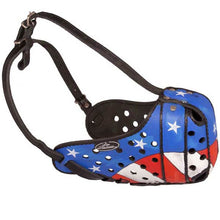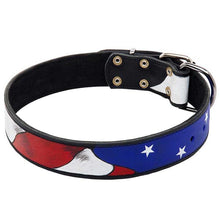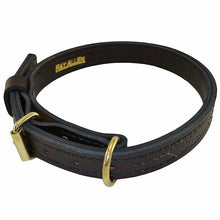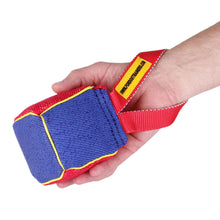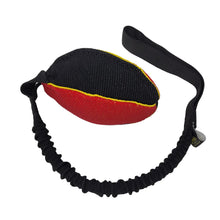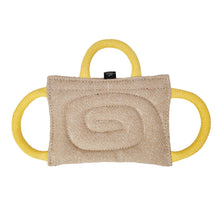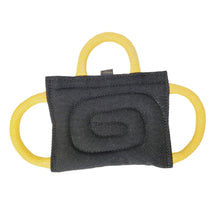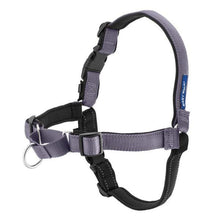5 Practical Tricks To Teach Your Dog
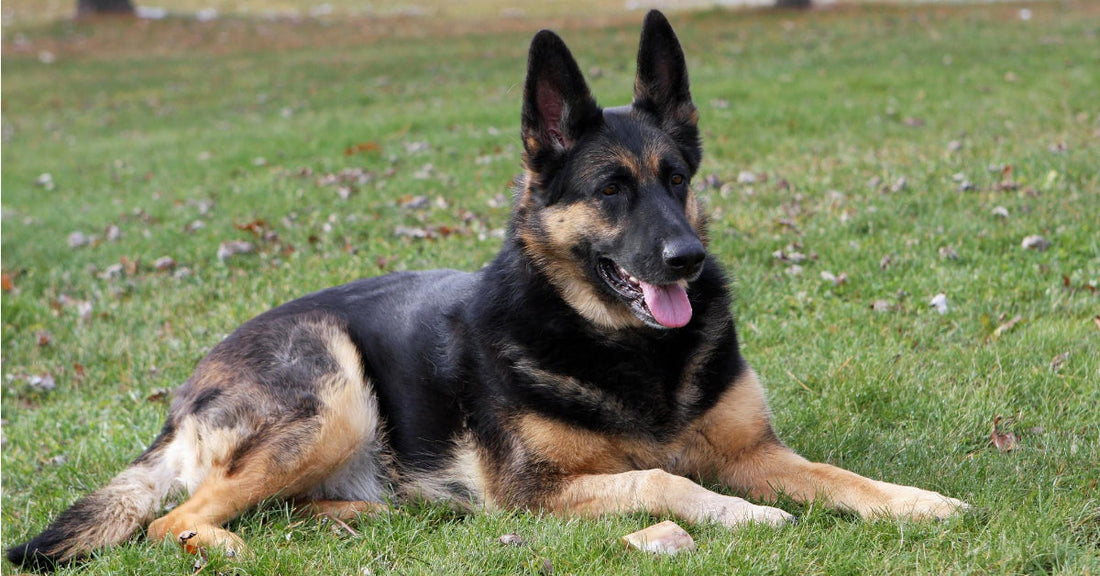
Dog training is necessary for all breeds. If your dog isn't trained or isn't reliable in its training, start there. But what if your dog is already trained? What about fun party tricks? Well, we've discussed those before in previous articles. But one thing we haven't talked about is practical tricks. Tricks that can be useful to you or your family. Today, we'll talk about five useful and practical tricks you can teach your dog.

1: Bring your phone
It's easy to see why this would be practical if you're not a very mobile person due to age or disability. But even someone healthy and able-bodied may need this one day. A nasty tumble leading to injury is possible. Or even some sort of medical emergency you had no idea you were at risk of could pop up.
I recently wrote an article about a man who woke up, tried to stand, and fell immediately. He had had a stroke in his sleep. Luckily, his dog pulled him when he grabbed her collar in close enough proximity that he could grab his phone and call 911. She was completely untrained, and he was incredibly lucky. Luck is great, preparedness is better.
If your dog already knows how to play fetch, you simply need to change the command you use to specifically mean your telephone. "Fetch phone" would be a great one, or "Bring phone." Treat it just like you did with whatever object you taught your dog to fetch... only don't throw it. That might be a bad idea unless you have a great case or an old phone and soft carpet!
Just remember to have a place where your phone is when you're not using it that's accessible to your dog. A nightstand, on the floor beside your bed, etc. And make sure the door is open so the dog can access it in an emergency. Check out our other articles to teach your dog to fetch.

2: Bark on command
This command can be handy when you're put into uncomfortable positions. If you're approached by a stranger who seems shady, or someone approaching your vehicle, etc. If a large dog starts barking, most people back off. This trick is also quite easy to teach. If your dog barks, add a command to it and reward it. It doesn't matter why they're barking; it only matters that you put a command for them to associate the act of barking with and reward it.
I've always trained working dogs, and the way we would typically do it is to have a decoy act suspicious so the dog would bark, and then repeat the command meant to bark. That easy. But not every dog is suitable for that kind of work, and you don't want your dog to bark at random strangers because they think of everyone as suspicious. So, use inspiration from other sources that entice your dog to bark. A lot of you can just stare at your dog while playing and being what I will call "silly" because I can't think of anything else to call it and they'll bark and find you suspicious but in a playful way. Add the command and reward and you've got a dog that'll bark on command but doesn't show actual hostility to random strangers they see.

3: Search the house
Again, another good one for safety. If you've taught your dog to bark on command, teach him to hide and seek with friends and family. When the dog finds someone, give them the bark command. This was common in police work until recently. It's called the "Bark & Hold." A dog finds a suspect, they bark and keep barking to alert their handler. A neat trick for when you've been away with your dog, and something doesn't feel right. Again, calling the police is always the safest course of action if you think someone may have broken into your home, but a bark and hold can be good if you don't see any evidence that someone has broken in.

4: Find dropped articles
In Schutzhund, the breed test that means "Protection Dog" in German, a dog must follow a track left by someone. While walking, that individual will purposely drop articles. The dog during this track will find the dropped article and alert it. Now, you may not need to track down someone, but you can train your dog to find things you've accidentally dropped. Even better, I've used this one myself... twice. I now carry my keys on a carabiner attached to my belt loop to prevent myself from needing a dog to find my things.
Teaching this one is simple as well. Drop something, when the dog finds it, instruct him to lay down until he gets into the habit of laying down when he finds "articles" without being told to lay down. Make sure you use a word like "search" so that your dog will know the game has begun and what to do.

5: Close doors
Okay, now this one is great if you're disabled. If you're not, but you're tired from working long hours, or just a little lazy, which is all of us sometimes, teaching your dog to close a door can be a fun trick that's also useful! The best part is that it's super simple and easy. It shouldn't take more than a few days for the dog to catch on to the game. Use a treat or toy to lure your dog to jump on a cracked door. Say "door" or "close the door" while doing it. Eventually, they'll associate the command with jumping on the door and will do so gladly for a reward.
Do you think any of these could be practical and useful in everyday life? Let us know in the comments. Have you trained any of these behaviors? Let us know in the comments! Do you plan on teaching any of these because of this article? We'd like to hear about that too! Please leave a like and share, it helps so much. Thank you.
You might also like: 29 Essential Training Commands To Teach Your German Shepherd




